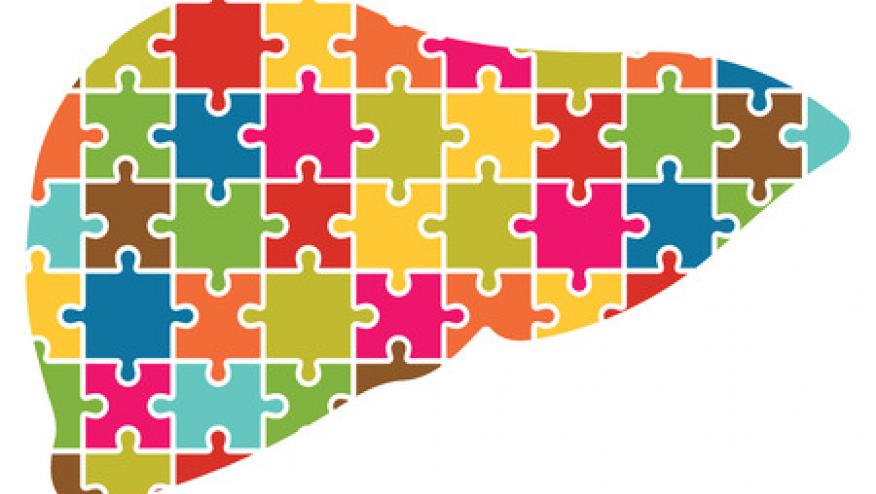The Consequences and Cure of Hepatitis C Save

I spent this past week seeing hepatitis C patients with our hepatologists, and being a rheumatologist, I was looking forward to seeing extra-hepatic manifestations of HCV that we read about in text-books - cryoglobulinemic vasculitis, sicca syndrome, porphyria cutanea tarda and many others. I suppose I should not be surprised that the week passed without seeing a single one of these.
While a wide array of extra-hepatic manifestations, including may rheumatic rheumatologic, will occur in 40-70% of chronic HCV patients, the advent of direct acting antivirals (DAA) has changed HCV outcomes, such that I do not think we will be seeing these cases much longer.
In the early days of HCV treatment with interferon therapy one could hope to achieve sustained virological response (SVR in 6% of patients, and with significant side effects. Now DAAs boast > 96% cure rates in 8-12 weeks, depending on the drug and presence or absence of cirrhosis. Some of the drugs are even pan-genotypic.
What can we still do as rheumatologists? We can screen our rheumatology patients for hepatitis C.
Yesterday I saw a new hepatitis C patient: 71 year old male with a history IV drug abuse in the 1970s and had 20 tattoos, who no one ever thought to screen for hepatitis C until he saw his new primary care doctor last week. In fact, the patient had never heard of hepatitis C before.
The CDC currently recommends screening for hepatitis C in any adult born between 1945 and 1965, or if any history of IV drug use, hemodialysis, HIV, received products or organs before 1992 or have persistently elevated ALT levels. https://www.cdc.gov/hepatitis/hcv/guidelinesc.htm
In our rheumatology department, we screen all patients for hepatitis B prior to starting immunosuppression, and our hepatitis remote panel conveniently includes a hepatitis C antibody. If a patient is found to be positive, HCV viral load should be sent and if elevated referred to hepatology.
While there are currently many barriers to administering DAAs to cure hepatitis C (most centered around cost and insurance companies), the World Health Organization’s strategy to eliminate hepatitis C infection by 2020 seems overly ambitious, I do think we are well on our way.








If you are a health practitioner, you may Login/Register to comment.
Due to the nature of these comment forums, only health practitioners are allowed to comment at this time.